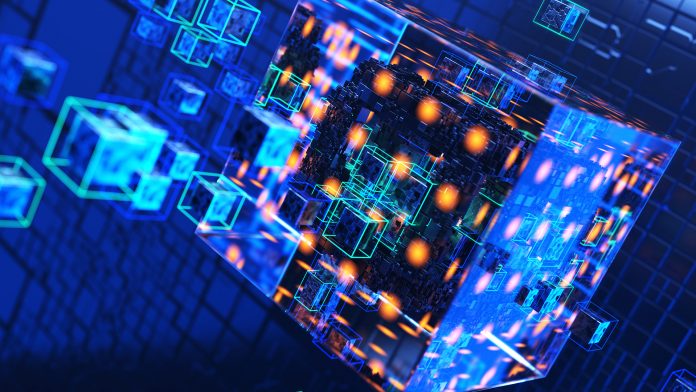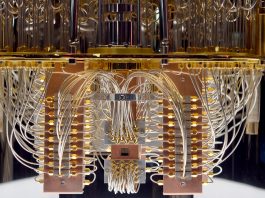Researchers have used qubits to design magnetic objects for the development of new quantum computer applications.
Using a quantum computer as a physical platform for quantum experiments, researchers have discovered a new way to design and characterise ideal magnetic objects using qubits. This will open up a novel approach to developing materials for quantum computing.
The work, ‘Field-induced magnetic phases in a qubit Penrose quasicrystal,’ is published in Science Advances.
The experiment used D-Wave quantum annealing computers
“With the help of a quantum annealer, we demonstrated a new way to pattern magnetic states,” said Alejandro Lopez-Bezanilla, a virtual experimentalist in the Theoretical Division at Los Alamos National Laboratory and corresponding author of the paper.
“We showed that a magnetic quasicrystal lattice can host states that go beyond the zero and one-bit states of classical information technology,” Lopez-Bezanilla said. “By applying a magnetic field to a finite set of spins, we can morph the magnetic landscape of a quasicrystal object.”
“A quasicrystal is a structure composed by the repetition of some basic shapes following rules different to those of regular crystals,” he said.

Instead of modelling actual physical experiments on quasicrystals, the team used D-Wave quantum annealing computers to conduct them. This approach “lets matter talk to you,” Lopez-Bezanilla said, “because instead of running computer codes, we go straight to the quantum platform and set all the physical interactions at will.”
The team connected 201 qubits to reproduce the geometry of a Penrose quasicrystal
Using the D-Wave computer, Lopez-Bezanilla selected 201 qubits and coupled them to each other to reproduce the shape of a Penrose quasicrystal. This helps the researchers to observe their behaviour under the action of a magnetic field.
No one had put a spin on each of the nodes of the Penrose quasicrystal since Roger Penrose conceived the aperiodic structures in the 1970s.
“I connected the qubits so altogether, they reproduced the geometry of one of his quasicrystals, the so-called P3,” Lopez-Bezanilla said. “To my surprise, I observed that applying specific external magnetic fields on the structure made some qubits exhibit both up and down orientations with the same probability, which leads the P3 quasicrystal to adopt a rich variety of magnetic shapes.”
The quasicrystals settle into different magnetic arrangements by manipulating the interaction strength between qubits and the qubits with the external field. This offers the prospect of encoding more than one bit of information in a single object.
Some of these configurations demonstrate no precise ordering of the qubits’ orientation.
“This can play in our favour,” Lopez-Bezanilla said, “because they could potentially host a quantum quasiparticle of interest for information science.” A spin quasiparticle can carry information immune to external noise.
A quasiparticle describes the collective behaviour of a group of basic elements. Mass and charge, for example, can be ascribed to several spins moving as if they were one.









